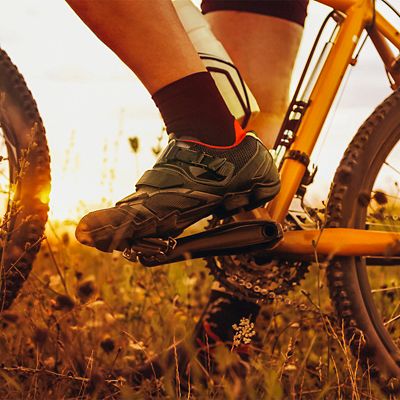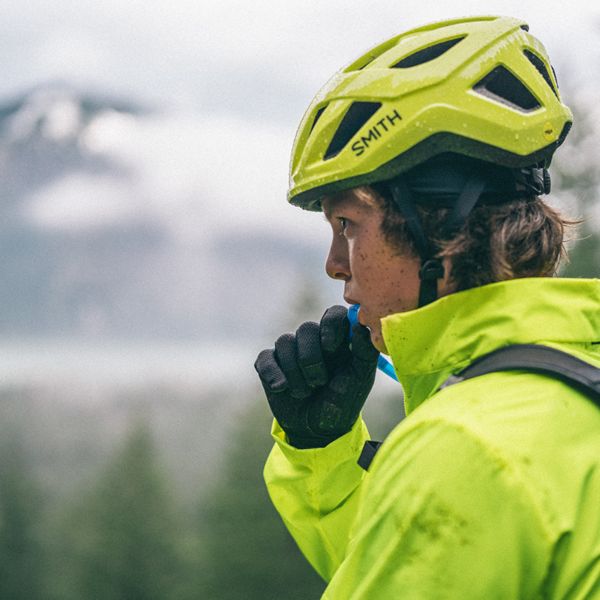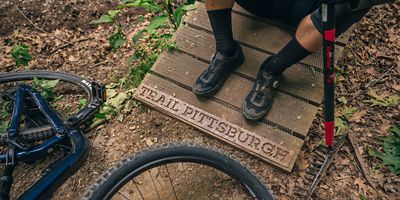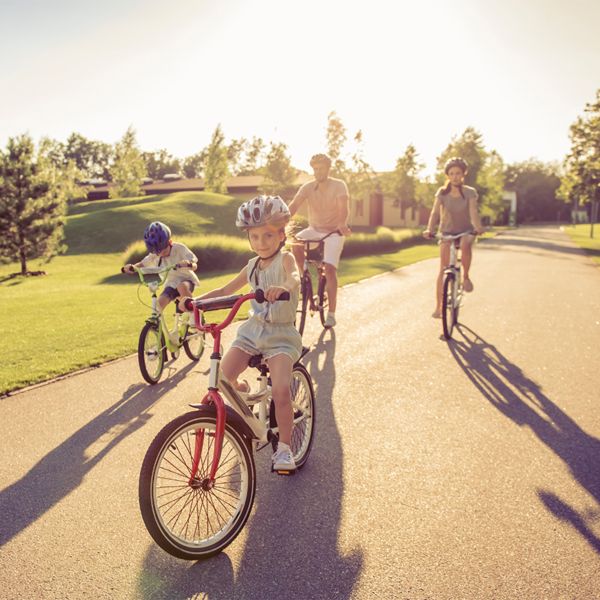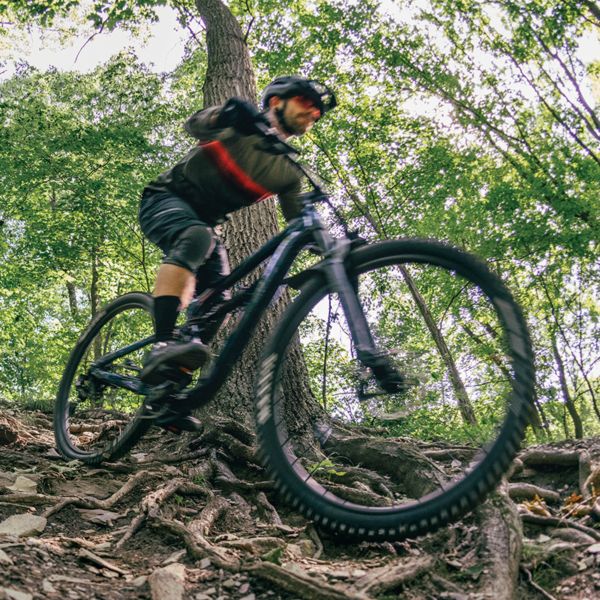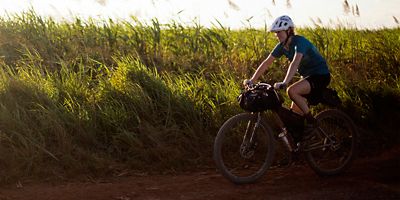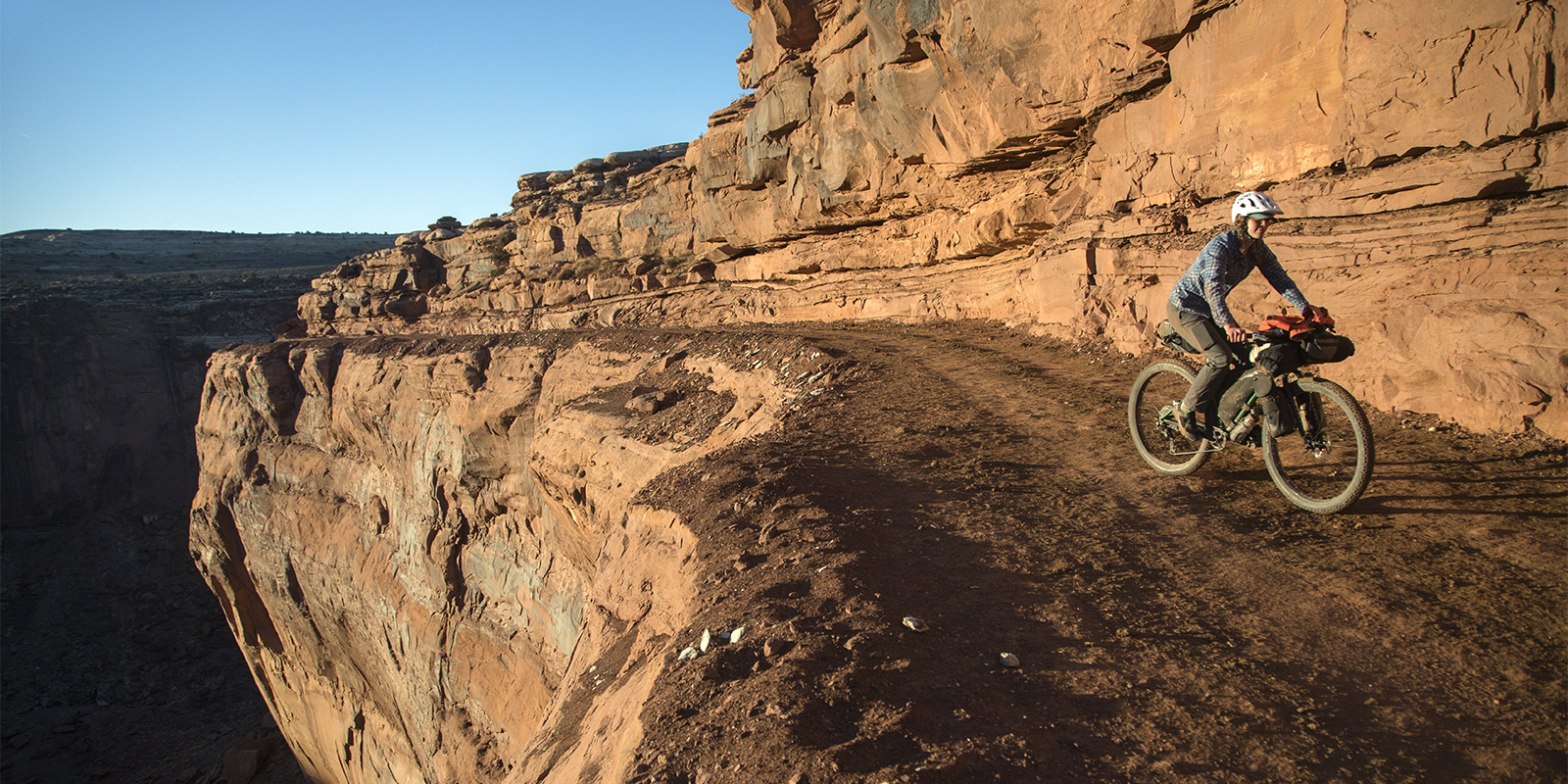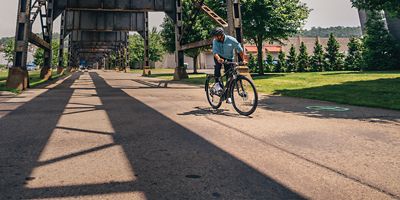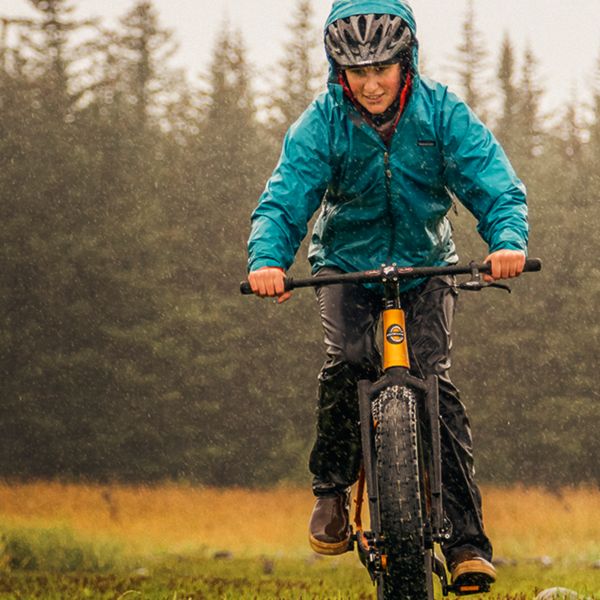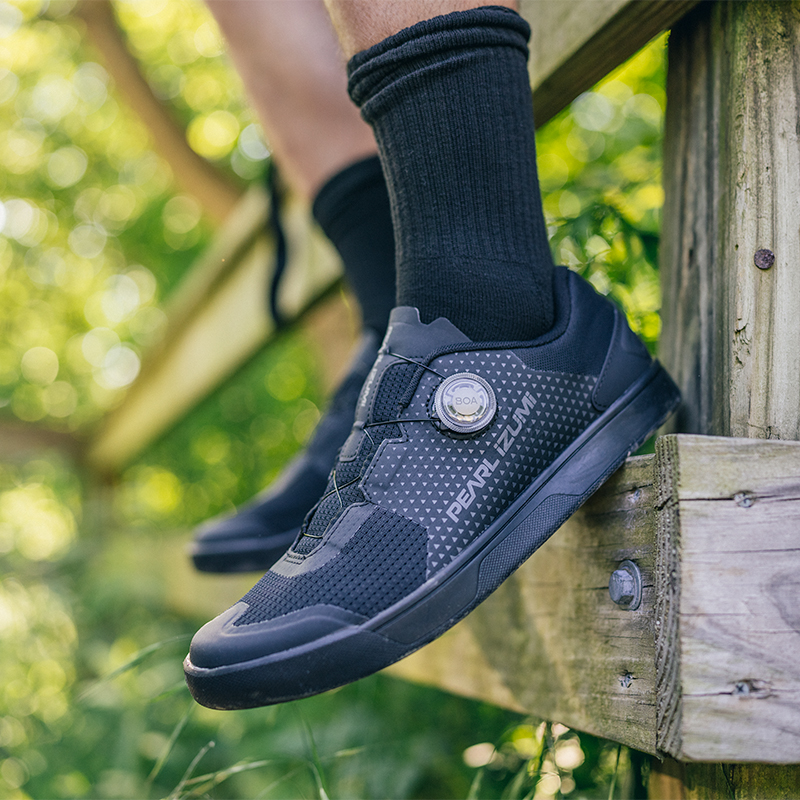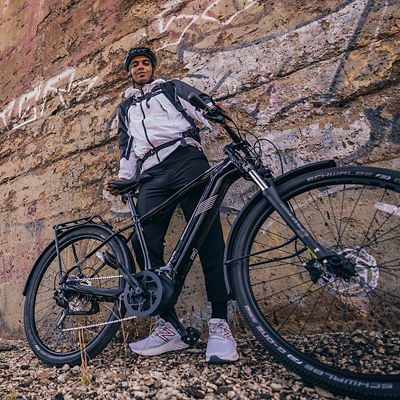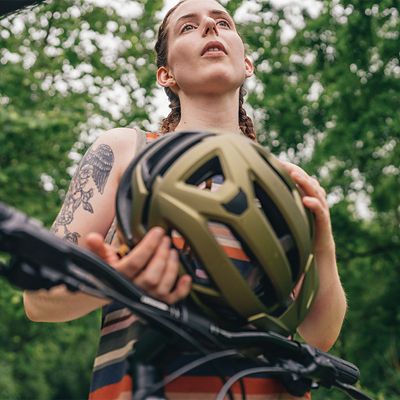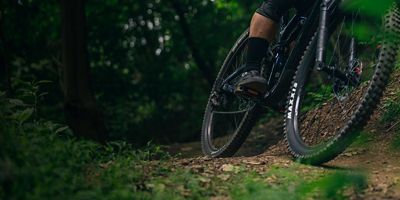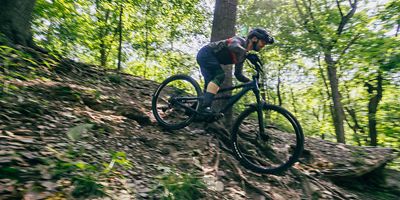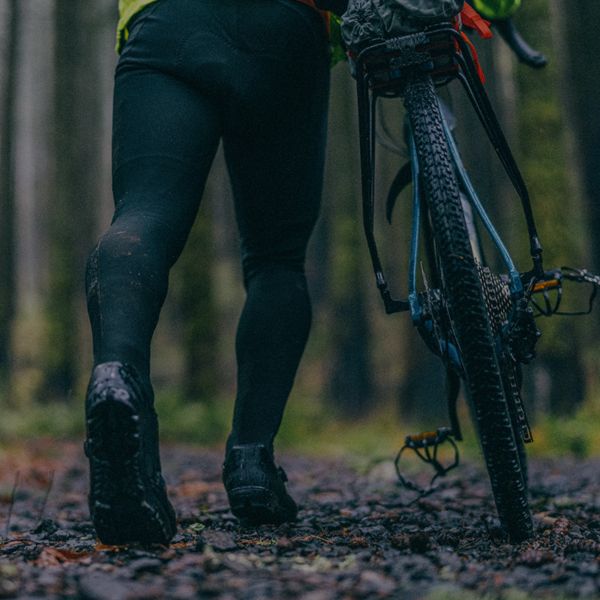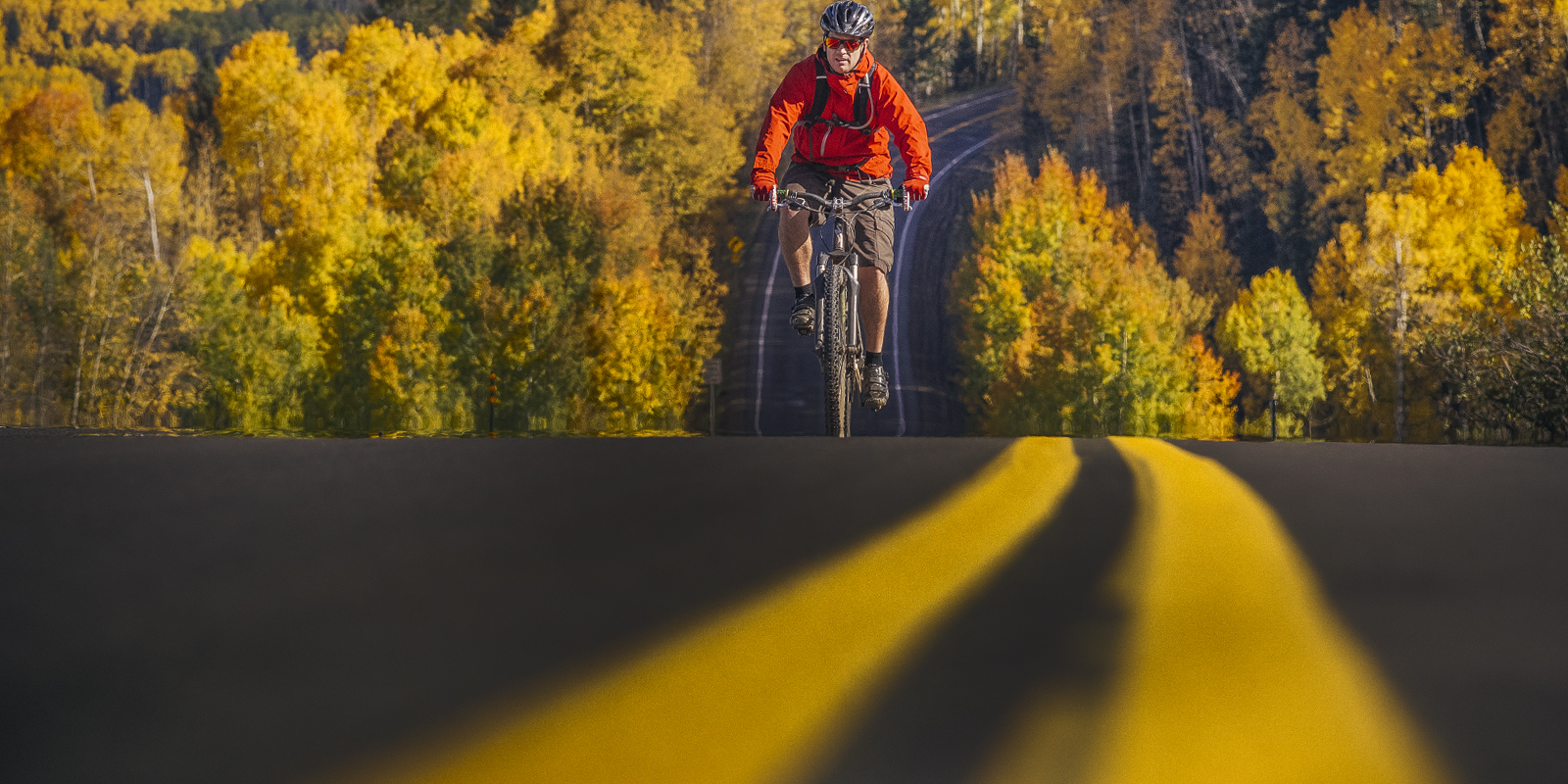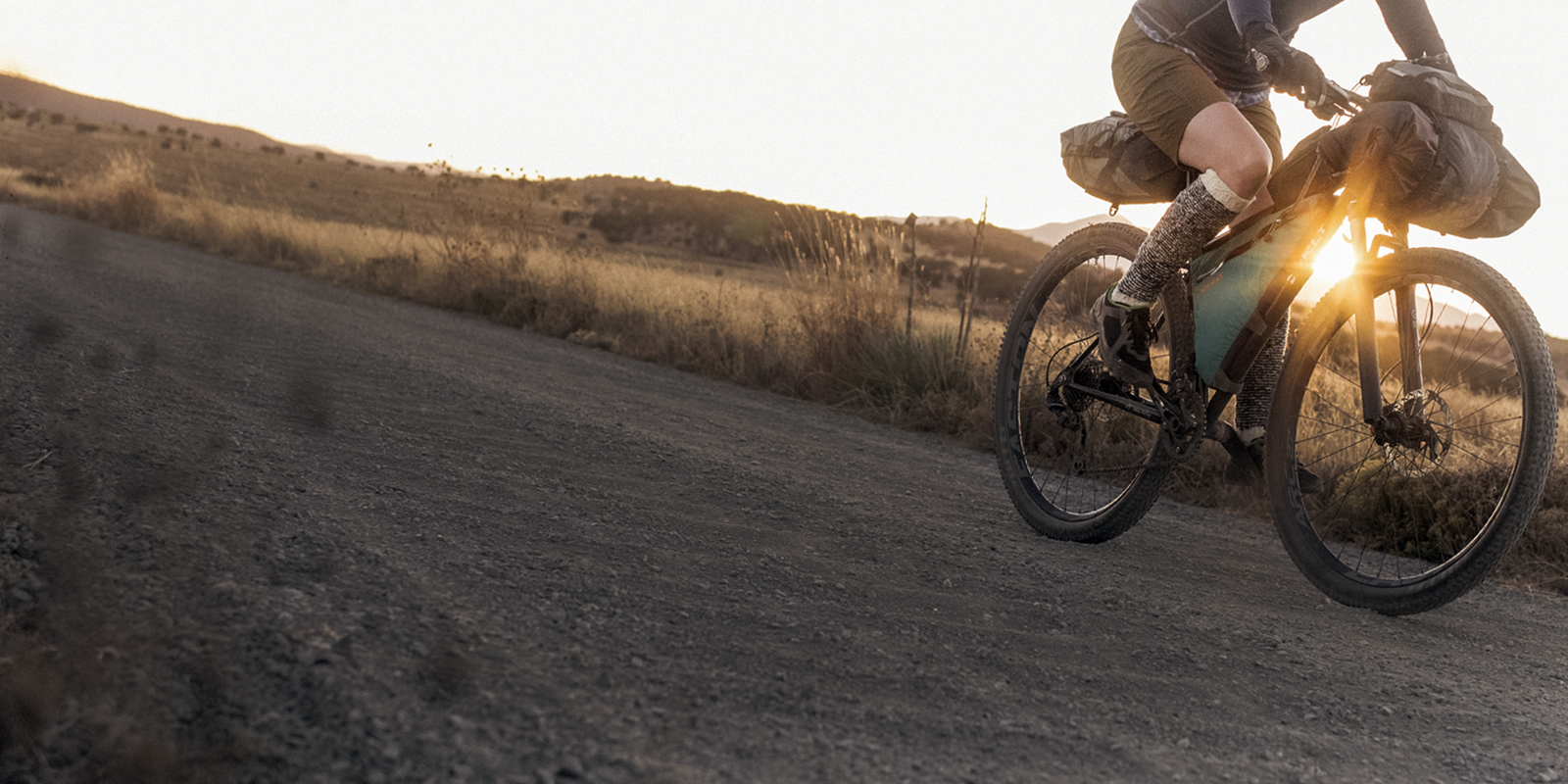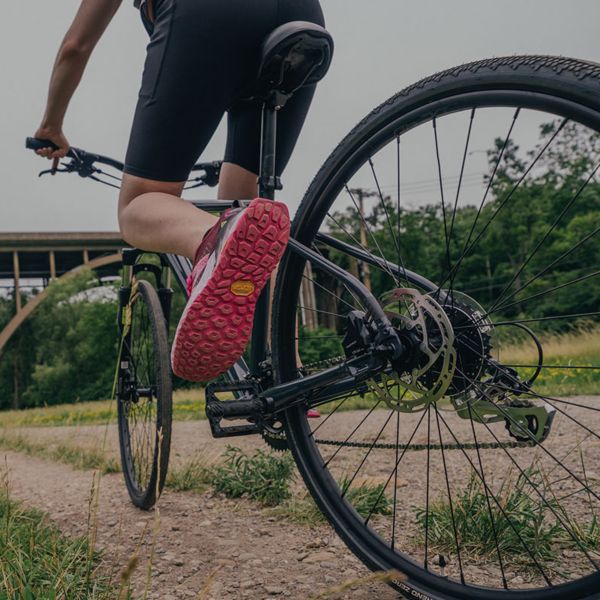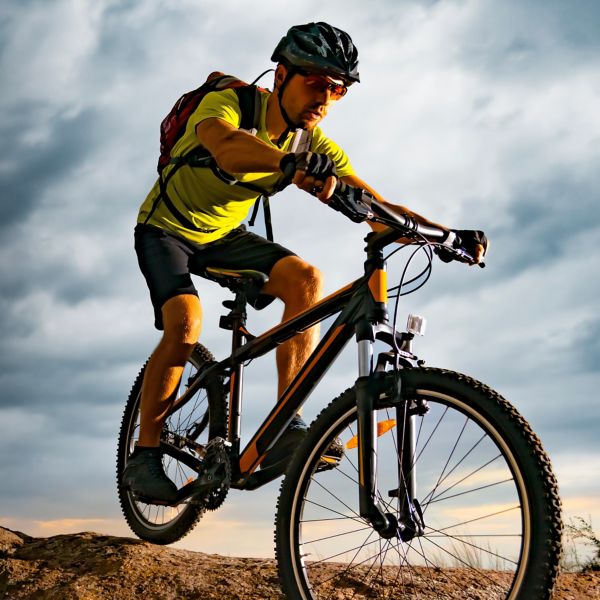Biking isn’t just for summertime anymore. A new wave of all-terrain fat bikes, whose wider tires have gained popularity by allowing two-wheeled riding in snow, are opening up winter to cycling. Now, countless bike (and trail) options for snow riding are popping up across the country for fat-tire aficionados, letting wheels replace skis or snowshoes as a great way to get in shape and take in the winter scenery.
“It’s just an awesome way to get some exercise outside in the winter,” says Robert Orr, converted fat biker and two-time finisher of Idaho’s 200K Fat Pursuit Race through Yellowstone.
With manufacturers and outfitters reporting increased numbers in the category year after year, it’s become one of the most booming segments in the sport, with no signs of letting up. “It’s fun and different,” says Butch Boucher, former president of Colorado bike manufacturer Moots. “The equipment is becoming better than ever and it’s super accessible; five-inch-wide tires work great in the snow.”
And the extra tire and rim width (care of bike frames featuring wider forks and stays to accommodate them) isn’t only for snow. Fat bikes function well in many off-road realms, where the lower ground pressure favors other unstable terrain like mud and sand, which also opens up new route options for both multi-day bikepackers as well as any riders with coastal beach access.
Here’s some guidance to get you rolling wide, with tips on how to join the fat bike tribe.
Places To Ride
If you live by the beach, make sure to consider the tide schedule (routes and rideable sand might only be an option at low tide). If you live where there’s snow on the ground, look for groomed trails at Nordic centers, singletrack groomed by local bike clubs and even trails groomed by the city. Many snowmobile clubs also groom public forest service roads in the winter, which also work great for fat biking.
Nordic centers
Many Nordic centers groom and open certain trails to fat bikes with restrictions (and trail fees that often apply).
Ski areas
Many ski areas groom and open certain service roads, trails and slopes to fat bikes with restrictions; use only routes identified by the resort.
City parks
Many cities often allow fat biking at certain city parks and trails; check with your city for options.
Singletrack
These off-road beasts are ready for any mountain bike trail, though are not the most efficient option for traditional, in-season cross-country riding. However, for winter riding, many mountain bike clubs and even retailers across the country groom local singletrack trails for fat biking; check with your local club or retailer on areas open to ride.



